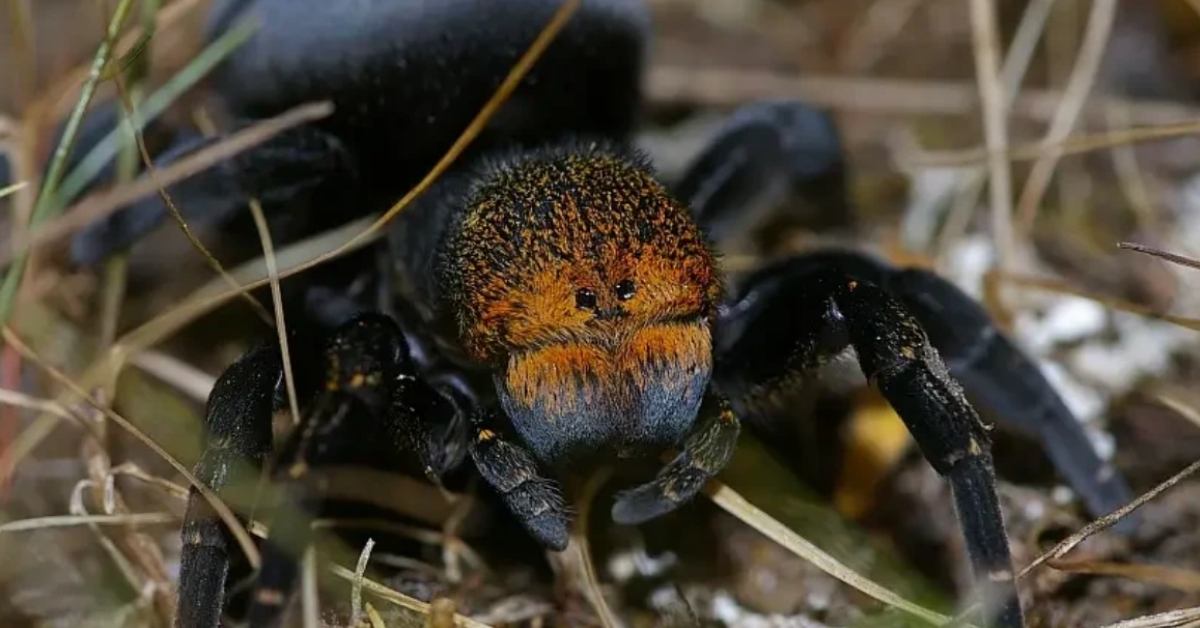A cave-dwelling aquatic salamander called an olm has been poking its head above water in Italy — a rare sight for scientists.
A study, published last month in Ecology, captured observations of the pale amphibians in above-ground springs in Doberdò del Lago, Italy. One spring contained olms 64% of the observed time.
When handled, the research team noted that the serpentine animals were “plump” from grubbing down on soil-living earthworms, a newfound delicacy to creatures long accustomed to underwater worms and snails.
This new development in behavior could potentially stem from water pollution and habitat disturbances from land use above cave systems. Both of these ecological occurrences have caused the population of olms to decrease across Italy, Bosnia, Croatia, and France. The blind, eel-like salamander is also currently on the Slovenian Red list of endangered species.
Olms have captivated scientists for centuries. In a 17th century account, a Solvenian naturalist believed the specialized salamander to be the offspring of dragons, leading to its moniker as a “baby cave dragon.”
Olms are umbrella predators in their environments, meaning that even just their presence signals that their ecosystem is stable, and the water quality is healthy. These recent discoveries mean scientists are hopeful about efforts to protect and learn from these fascinating creatures.
Like other tailed amphibians, olms are also known for their “extreme ability to regenerate,” and the continued study of them in biomedical fields could revolutionize surgical practices for the better.
“By learning the mechanisms of efficient regeneration as know it in tailed amphibians, we’re not going to make the arms grow back, but it will help us understand, or better understand, the healing processes, procedures, pre-surgery procedures, that will reduce hospital stay,” said Rok Kostanjšek, a biologist at the University of Ljubljana in Slovenia.
“This would be a biomedical application of these insights that we’re gaining by analyzing the genome of such unusual animals.”
In appearance, the olm closely resembles the smiley, beloved “water monster” called an axolotl, but they are separate species who live in different continents: olms in Europe, and axolotls in Mexico.
Both are frilly-gilled aquatic salamanders with vestigial traits (like tiny limbs) that are neotenic, which means that they retain juvenile features into maturity.
However, the olm drastically diverges in resemblance to axolotl when it comes to its long, winding body. Also, the average lifespan of an axolotl is 10 to 15 years, but olms are outliers: scientists have estimated that they can live up to 100 years.
Perhaps even more surprisingly, researchers believe that they spend the majority of their lives relaxing, only moving when necessary.
In an interview with Science News, Eötvös Loránd University zoologist Gergely Balázs said that olms are largely solitary and can go years without eating.
“They are really good swimmers,” Balázs said. “[They] could move around and try different spots to see if the neighbor is nicer, or there’s more prey… And they just don’t do it.”
Olms, which have been described as the “couch potatoes” of the animal world, are notably low-energy.
Across a decade, Balázs and his team tracked the underwater movements of 37 olms. One particular olm that he tracked in 2016 stayed in the exact same spot for 2,569 days.
Don’t worry about grabbing your calculator: That’s seven years.
“If you’re a salamander trying to survive in this… food-poor environment and you find a nice area to establish a home or territory, why would you leave?” posed cave biologist Matthew Niemiller.
To scientists coming back from their research study in Italy, it looks like some olms will leave home for the right snack, which is highly relatable indeed.
Learn more about this species and the organizations currently working to conserve it by following the Zoological Society of London.
Header image courtesy of the Smithsonian Channel



